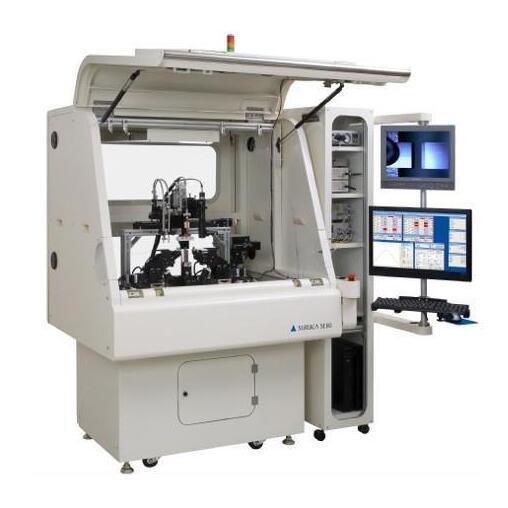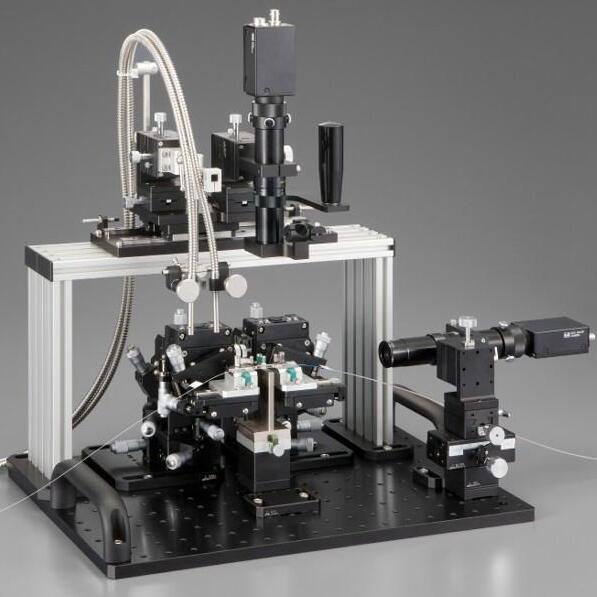Infrastructures
for communication have been revolutionized by fiber optics technology, and the
fiber fuse biconic taper machine is at the forefront of this development. This
essay explores the amazing features and wide range of applications of Fiber Fuse Biconic Taper Machine
systems in contemporary communications and other fields.
Improving the Infrastructure for Telecommunications
FBT systems
contribute significantly to the advancement of telecom infrastructure. These
methods reduce signal loss and reflection to offer optical signal integrity
over long distances. FBT systems provide a dependable solution for high-speed
data transfer in telecommunications networks, whether they are splitting
signals for distribution or combining them for amplification.
Accuracy in optical communication
Accuracy is
crucial in the world of optical networking. Fiber fuse biconic taper machines
are perfect for power monitoring and wavelength division multiplexing because
they offer outstanding control over light propagation. They are ideal for
integration into optical switches, routers, and other networking equipment
because to their tiny size and minimal insertion loss, which enables seamless
data transfer over several networks.
Various Uses Outside of Telecommunications
FBT systems have
several uses, but they are particularly effective in telecommunications. These
systems find use in sensing technologies, where precise control over light
enables accurate measurements of a wide range of parameters, including strain,
temperature, and pressure. For a variety of sensing applications, such as
industrial automation and environmental monitoring, FBT systems offer a
versatile solution.
They have a
significant impact on the direction of fiber optics technology due to their
precision, versatility, and durability in a wide range of applications. Fiber Fuse Biconic Taper Machine
technologies are poised to revolutionize communication and interaction with the
environment via ongoing research and adjustment.
Let the fiber cable stripper begin!
Precision and Consistency:
These devices reduce the possibility of fiber damage by accurately and
consistently stripping wires using advanced sensors and sharp blades.
Efficiency: These devices enable for quicker fiber optic network growth and increased throughput by automating the stripping process, which also greatly lowers labor expenses.
Ease of Operation: Because modern fiber cable cutting machines and Fiber Polishing Machine are easy to use and don't require a lot of training, technicians may accomplish stripping tasks fast and easily.
Follow our Facebook and Twitter for more information about our product.











